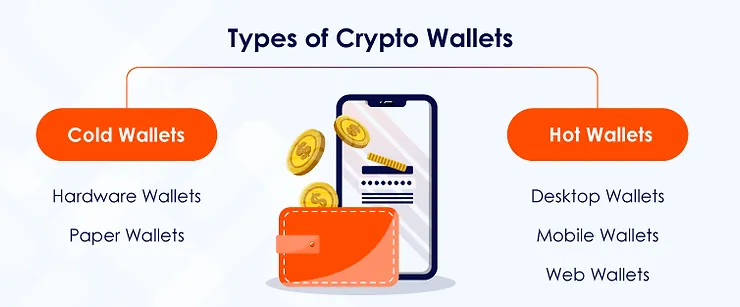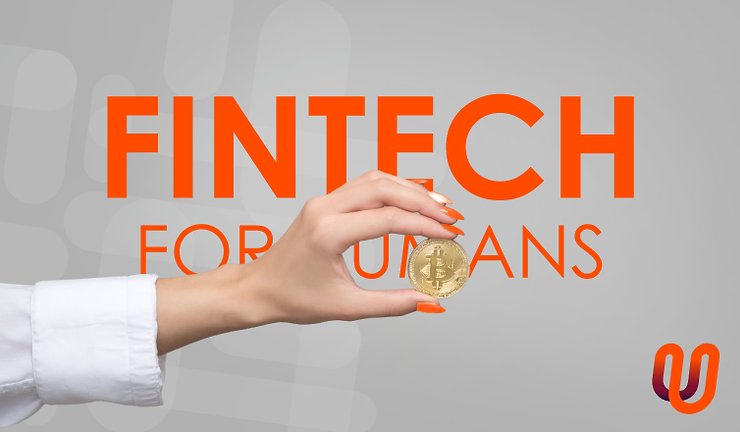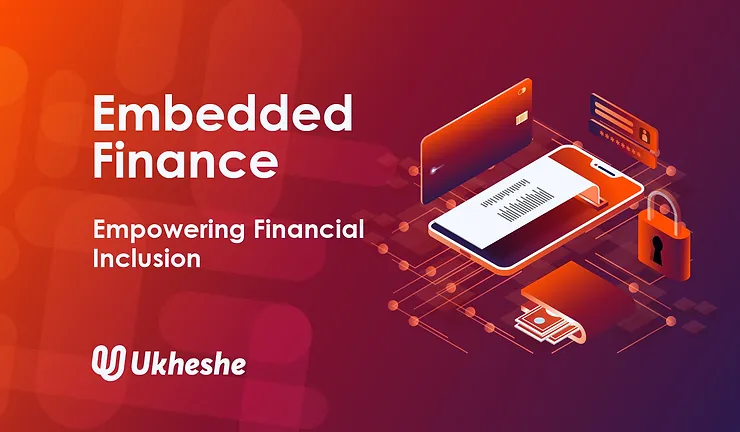In today’s fast-paced digital world, we have seamlessly adapted to tapping our phones for payments, shopping online with rapid delivery, and using apps for tasks like exercise tracking, language learning and ordering dinner.
But one aspect of this brave new world continues to confound us, and that is the mystifying realm of cryptocurrencies. We generally fear most what we don’t understand, and many people dismiss any thoughts of using or dealing in crypto simply because of the complexity and the fear of embarking on an unknown journey into crypto investing.
But all money markets – stocks, shares, commodities and traditional currency trading ‒ are inherently risky. While crypto has some way to go before it is accepted as a mainstream savings or wealth-generating mechanism, we are going to explain what crypto is, how it works, and how you can buy into it (literally and figuratively!)
Cryptocurrencies (or ‘Crypto’ for short)
The first mistake many people make is to use ‘Bitcoin’ interchangeably with ‘crypto’. Cryptocurrency is a generic term for a number of virtual or digital currencies, which include Bitcoin. It would be like calling real currency ‘Dollars’ or ‘Yen’. These are specific units of currency particular to specific countries. Crypto does not have geographical boundaries in the same way as real currency, but there are more kinds than just Bitcoin.
Altcoin
Altcoin is a term for all cryptocurrencies excluding Bitcoin (and for some people, excluding the second largest cryptocurrency, Ethereum). After the launch of Bitcoin in 2009, other currencies were later developed by people who became disenchanted for whatever reason with its value or function and so in 2015 Ethereum was created, followed by many, many more including Dogecoin and Litecoin.
Regulatory Environment
If we compare crypto with ‘real’ currencies, the main difference is the regulatory environment in which they are traded, and the determination of value. The value of real currencies was historically set by the global gold standard, although today no government uses this measure. Currencies that are not backed by a commodity such as gold are known as ‘fiat’ currencies, and they are authorised by government regulation of the country where they are issued and accepted as legal tender.
Cryptocurrency operates without a central regulatory authority. The value of cryptocurrency is determined by supply and demand, just like anything else that people want. If demand increases faster than supply, the price goes up.
Blockchain
Blockchain is a virtual ledger, a record of all the crypto transactions for any given currency. Each different currency has its own blockchain, which is accessible by all users in the ‘user group’ who have access to the information stored in what is really a massive database.
Wallet
Your crypto wallet is where you keep your crypt currency – a sort of cross between a real wallet and a bank account. Wallets have unique IDs and are anonymous. There are two kinds of wallets – hot and cold. A ‘hot’ wallet is one that is kept online and therefore is connected to the internet, and more susceptible to being hacked. Hot wallets are, however, more convenient and quicker when it comes to making transactions. ‘Cold’ wallets are held offline and are therefore considered more secure, but when you want to buy or trade, you have to transfer your crypto into a ‘live’ or hot wallet, as you cannot transact offline.

Mining
Crypto payments – faster, cheaper, more secure
As a Banking as a Service (BaaS) and embedded finance enabler, Ukheshe is committed to addressing clients’ payment acquisition needs by bridging the gap between conventional and digital financial ecosystems. With a vision of financial inclusion for all South Africans, Scan to Pay, powered by Ukheshe – the largest QR ecosystem in South Africa – has now partnered with Xion Global to offer crypto payments on the Scan to Pay app. With as many as 12.5% of South Africa’s population owning cryptocurrency, it is important that crypto payments are integrated into mainstream platforms and Scan to Pay is one such development.
As more and more people see the advantages of investing in and using crypto, it will become less misunderstood and more commonplace, and we will start to see currency symbol ₿ (Bitcoin) appearing alongside $, £ and € in our stores and online.





